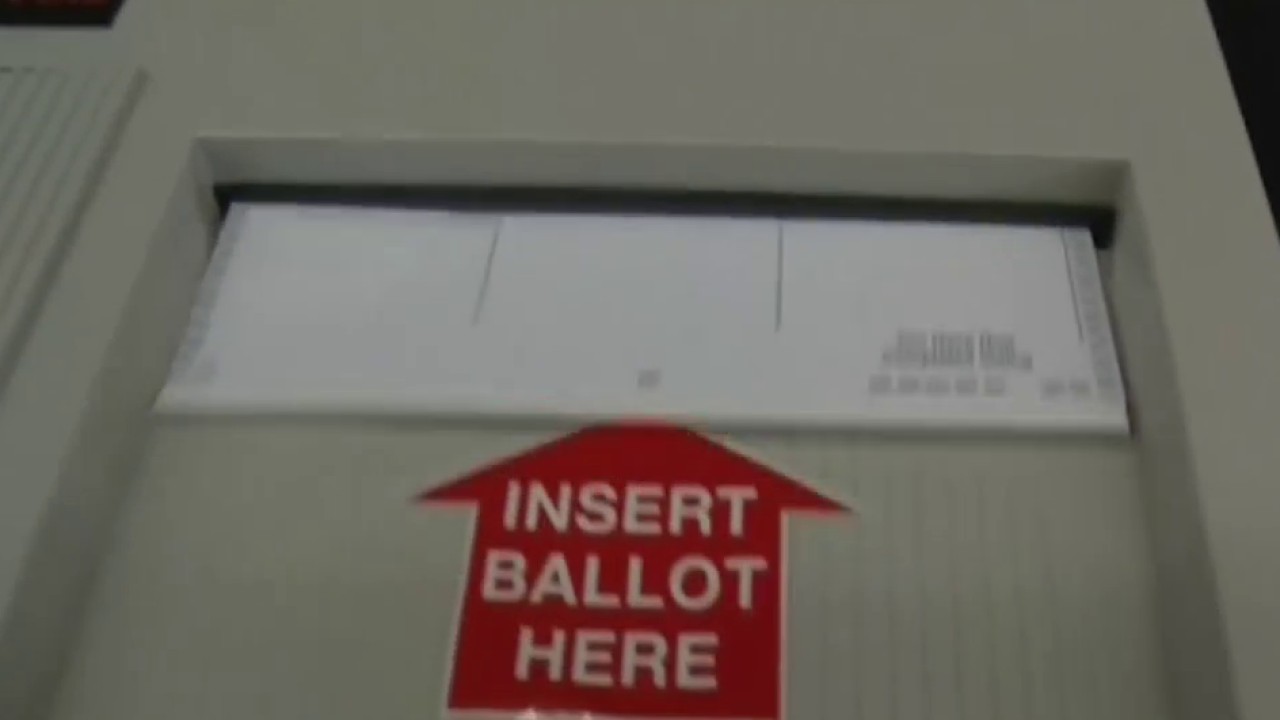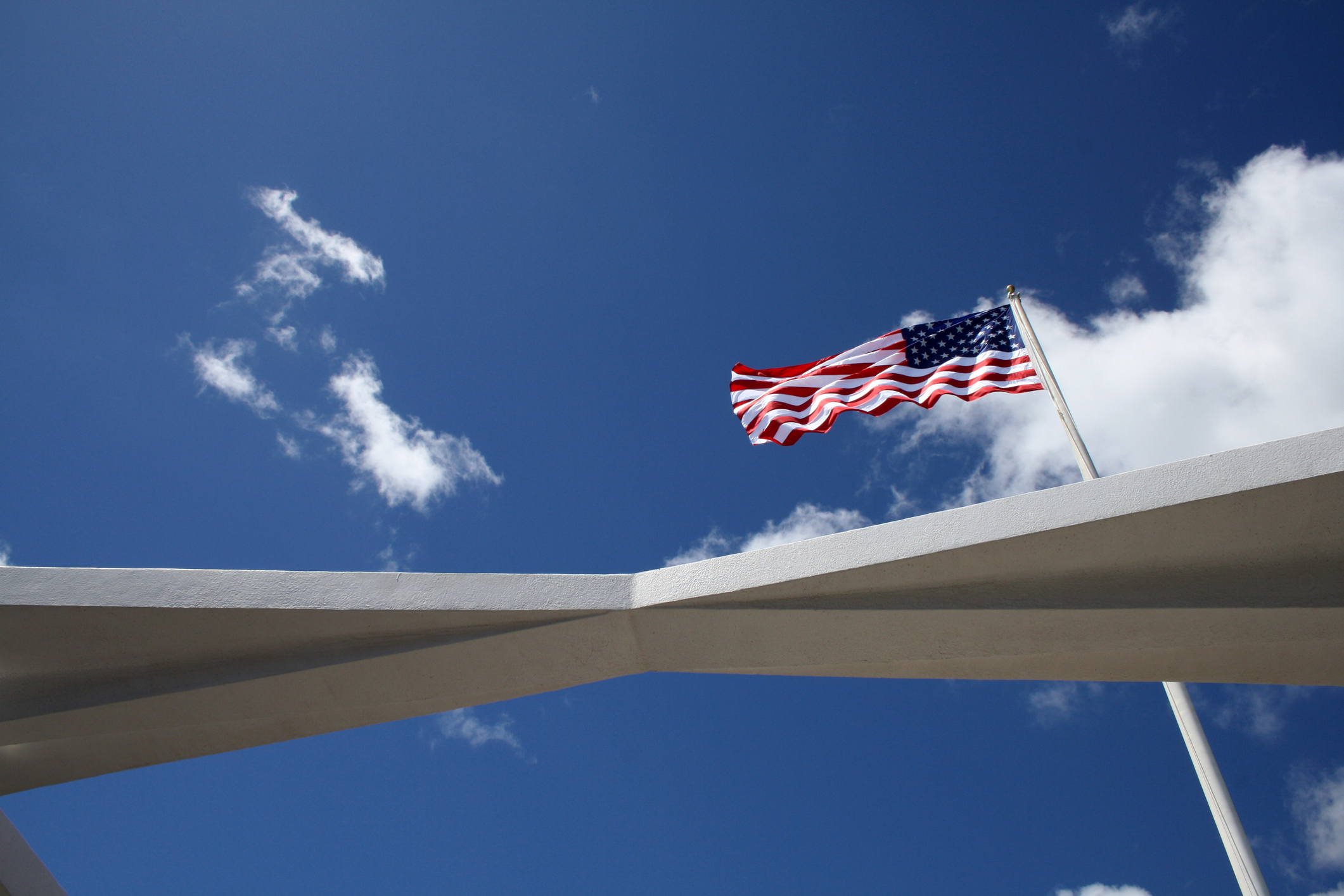Chicago-area drivers may be accustomed to waiting five or ten minutes for trains to pass at rail crossings. But imagine those delays stretching upwards of forty-five minutes to one hour.
Motorists on the far southeast side of Chicago said it’s not uncommon to see trains sitting on the tracks for long periods of time at the rail crossing south of the intersection of Brainard Avenue and Burnham Avenue in the Hegewisch neighborhood.
“There’s so many people on their way to work, on their way to school,” said driver Jeannie Conlin. “I just don’t understand why this allowed.”
NBC 5 Investigates watched as one freight train sat motionless on the tracks and blocked the crossing for nearly an hour on a recent Thursday afternoon. Drivers who grew tired of waiting turned around and headed for other roads that could take them across the tracks.
“A lot of the old timers, they just stop over there and sit there and wait for them to go by. Not me,” said Chester Skinbinski of Hegewisch.
While there are five tracks owned by three different railroads at the Brainard and Burnham crossing, Norfolk Southern said it owns the tracks in question.
“In order to serve customers and coordinate the movement of passenger and freight rail operations over these tracks, some crossings can be blocked at times,” a company spokesperson said.
Local
According to a motorist delay analysis by the Illinois Commerce Commission, Chicago area drivers get delayed at least 7,800 hours every weekday at rail crossings. The study shows some of the longest waits occur at crossings in LaGrange, Des Plaines, Blue Island and Downers Grove.
The Chicago Metropolitan Agency for Planning (CMAP) created an interactive map showing grade crossings with reputations for long wait times. Check here to see if the crossing near you makes the list.
But if you think local governments can prevent trains from blocking rail crossings, think again.
A decision by the Illinois Supreme Court in 2008 essentially removed all power from local and state governments in Illinois to issue citations to trains that delay traffic. The decision was based on the argument that railroads are part of interstate commerce and therefore can only be regulated by the federal government.
There is currently no federal rule that prohibits trains from blocking public grade crossings.
The Illinois Commerce Commission said drivers can still reach out to state and federal agencies with their rail crossing concerns.
“We can help with the coordination efforts with the Federal Railroad Administration and then it’s getting together with the parties to see if it was an isolated incident or if it’s something that’s a continuing problem and maybe there are solutions to it,” said ICC senior rail safety specialist Brian Vercruysse.
One solution could potentially be for a railroad to adjust either the speed or the length of its trains in order to prevent rail crossing blockages. Those are also subject matters covered by federal law.
A public-private partnership called CREATE is currently working to improve rail crossings and decrease driver wait times. So far, CREATE has spent $1 billion on 28 projects. There are a total of 70 planned projects, although many still need funding.
You can see if a rail crossing near you will be improved by clicking here.
Norfolk Southern said drivers who prefer not to wait at the crossing near Brainard and Burnham can use the underpass at Torrence Avenue and 130th Street. The new underpass, which was funded by CREATE and completed in 2015, is located a mile and a half away.
“Based on the number of vehicles crossing the tracks, railroad volume, traffic delays and potential growth in the area, CREATE selected the Torrence Ave. and 130th Street crossing as the location that would have the biggest impact,” said the Norfolk Southern spokesperson.
Still, drivers who may be unfamiliar with the area may not see any signs pointing them to the new underpass.
So many keep waiting.



